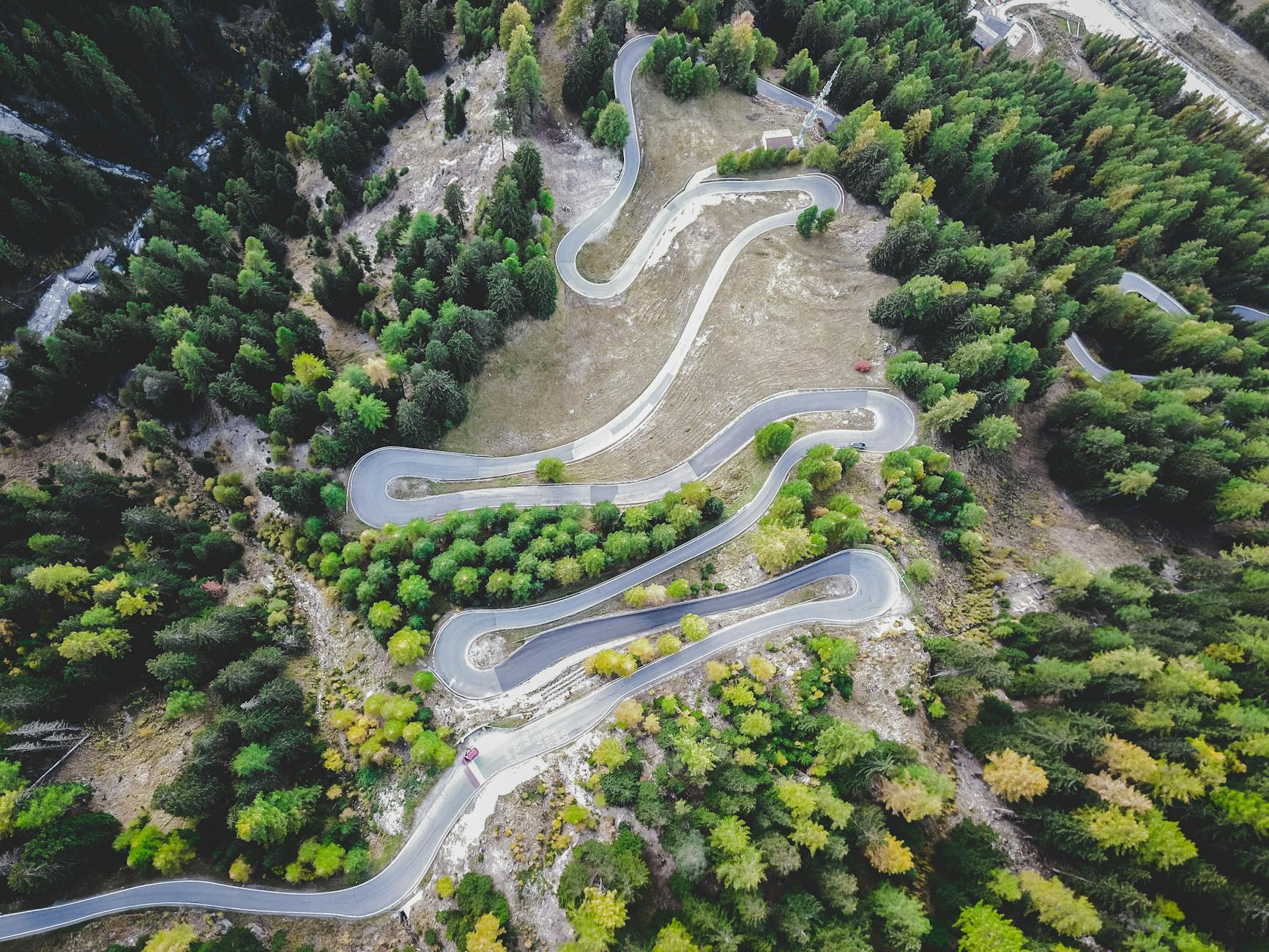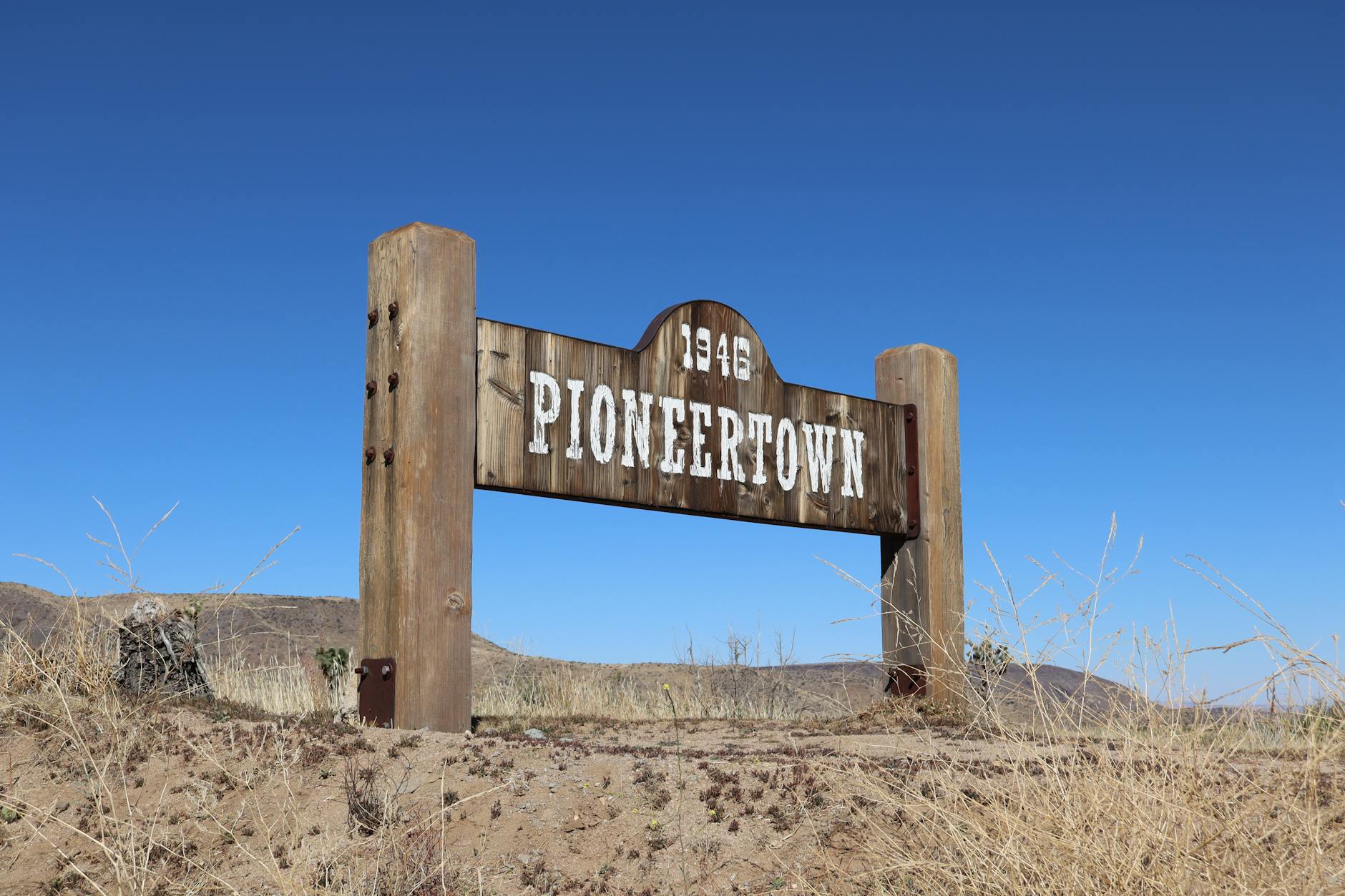Why Australia’s Unique Landscapes Should Be on Your Bucket List

Australia's Diverse Ecosystems
On a crisp morning, as the first rays of the sun peek over the vibrant laneways of Melbourne, I often find myself drawn to the diverse ecosystems that Australia harbors. From the lush tropical rainforests to the vast arid deserts, Australia is a land of contrasts that captivates the adventurous soul. Having spent countless hours wandering through these natural wonders, each exploration feels like a new chapter in an ongoing narrative.
Tropical Rainforests
Australia's tropical rainforests are a stunning tapestry of life and colour. These rich ecosystems house a dizzying array of plant species, many of which are endemic and play a crucial role in global biodiversity. Personal experiences in the heart of these rainforests, with their cascading waterfalls and dense canopy, offer insights into the delicate balance of life that thrives here.
Arid Deserts
In stark contrast, the arid deserts provide a different kind of beauty and challenge. The red sands stretch endlessly under a blazing sun, but a closer look reveals the resilience of life that has adapted to such harsh conditions. These vast landscapes evoke a sense of timelessness, captivating those who dare to explore them with their intriguing flora and fauna.
Coastal Wetlands
Lastly, the coastal wetlands are where land and water engage in an intricate dance, creating a vital habitat for numerous wildlife species. Strolling along these marshy grounds during sunrise is an experience that reminds me of the fragility and wonder of nature. Connecting these ecosystems to Arctic cruises might seem like a leap, but both offer unique perspectives on conservation. Whether exploring Australia's ecosystems or embarking on South American tours, such adventures hold profound lessons for the sustainability-minded traveler.
Iconic Natural Landmarks
The Great Barrier Reef
As a seasoned travel photographer from Melbourne, I've often captured the essence of Australia's natural beauty, but nothing quite compares to the awe-inspiring majesty of the Great Barrier Reef. This landmark, located off the coast of Queensland, mesmerises not only with its vibrant marine life but also its sheer size and complexity. For those passionate about biodiversity, like myself, it's akin to a living masterpiece of art composed by nature itself. The Reef is an essential subject for anyone wanting to delve into conservation photography and offers countless narratives to explore through your lens.
Standing on the brink of environmental science and travel photography, I often remind myself of the vivid contrast between my bustling city life in Melbourne and the serene world beneath the ocean surface. Out there, among the corals, it's easy to lose track of time and just revel in the colourful species gracefully swimming by. Whether you're on one of the meticulously planned Galapagos Islands tours or engaging in Cuba travel, there's a unique joy in participating in global conservation efforts through photography.
These hands-on experiences are akin to wandering the vibrant laneways of Melbourne — each corner holds a new discovery, layering your understanding of both ecological wonders and cultural richness. And as we explore these iconic landmarks, we're given the opportunity to not only inform but inspire others in making responsible travel decisions that safeguard our planet's wonders for generations to come.
Unique Wildlife Experiences
Marsupial Habitat Exploration
My trips often start with a good dose of Melbourne’s vibrant laneways or a leisurely stroll along the Yarra River. Those urban explorations warm me up for the incredible wildlife experiences you can encounter without leaving the spectacular lands of Australia. One of the highlights of any naturalist's itinerary should be delving into the intricate world of marsupials. Picture wandering through bushland where kangaroos leap gracefully across open fields, or visiting sanctuaries that shelter cuddly koalas in eucalyptus canopies. These marsupials captivate with their unique biology and adaptive behaviours. It’s like stepping into a living, breathing documentary.
Birdwatcher's Paradise
If you're an avid birdwatcher, Australia is your personal sanctuary. From the Great Barrier Reef to the vast outback, the diversity is incredible. There are charming kookaburras, majestic wedge-tailed eagles, and the striking plumage of rainbow lorikeets. Each species is a testament to nature’s palette, offering a melodious soundscape that’s both calming and inspiring. Birdwatching blends curiosity with the thrill of discovery, a worthwhile addition to your travel agenda.
Marine Biodiversity
The marine life that populates Australia's extensive coastlines is equally mesmerising. Snorkelling in the Great Barrier Reef reveals a riot of colours from vibrant corals to diverse fish species—a reminder of the Earth’s magnificent underwater ecosystems. Such marine biodiversity isn't limited to the reefs. Discover hidden gems during your South America tours; the biodiversity offers insights that are both educational and eye-opening, akin to the awe experienced when embarking on Machu Picchu tours, where history intertwines with nature's grandeur.
Conservation Efforts and Initiatives
Exploring conservation efforts in Australia reveals a dynamic tapestry of protected areas and reserves, harmonising human interests with natural preservation. From first-hand experiences visiting these sanctuaries, it's clear they provide safe havens for biodiversity, safeguarding iconic species in their natural habitats. This is a cornerstone of Australia’s commitment to maintaining its ecological legacy.
Community conservation projects stand out as pillars of sustainability. They integrate local knowledge and activities, fostering direct participation and education among citizens who often grow up learning about distinctive ecosystems, similar to the ones I photograph against the vibrant backdrops of the Yarra River. These initiatives not only protect landscapes but instill a sense of environmental stewardship among the residents, ensuring long-term success.
Additionally, Indigenous knowledge and practices play a crucial role in fostering sustainable conservation initiatives. The deep-rooted cultural traditions and ecological wisdom of Indigenous Australians hold invaluable information for managing ecosystems sensitively. Incorporating these practices into modern conservation strategies often results in more effective outcomes, similar to how a Galapagos cruise builds understanding and respect for natural wonders through guided educational journeys.
In documenting these efforts, my lens has captured the profound connection between people and nature. It's a symbiotic relationship, critical for both ecological preservation and cultural heritage. Understanding these initiatives through both a scientific and personal lens enriches my storytelling, mirroring the ethos of explorers who seek to understand and protect the world's natural beauty.
Sustainable Travel Practices
Choose Green Places to Stay
On my journey through the vibrancy of Australia, I've found that choosing eco-friendly accommodation is a meaningful way to minimise our environmental footprint. Whether it's a quaint eco-lodge nestled in the rainforests near Daintree or a sustainable resort by the majestic Uluru, staying at places dedicated to reducing waste and conserving energy is vital. Many of these accommodations boast features such as solar power, water conservation systems, and sustainable building materials. Just like strolling the Queen Victoria Market to find fresh, local produce, selecting a green place to stay supports the local community and the planet.
Engage in Wildlife Respectfully
As a seasoned travel photographer, I've come to appreciate Australia's unique wildlife immensely. Responsible wildlife viewing means respecting the habitats and natural behaviours of creatures, whether I'm observing kangaroos across the arid deserts or vibrant birds along the Yarra River. Keeping a respectful distance, avoiding flash photography, and supporting photography tours that contribute to conservation efforts are essential ways to ensure the health and safety of these animals while capturing stunning photographs.
Join Conservation Efforts
True wanderlust isn't just about seeing—it’s about doing. Participating in conservation activities, like tree planting or supporting local clean-up projects, provides a deeper sense of connection to the landscapes that mesmerise us. As I wandered the laneways of Melbourne, I've encountered numerous communities eager to protect their local ecosystems. Engaging with these projects doesn't just enrich our travels; it leaves an indelible mark on Australia's natural wonders, ensuring they remain for future generations to cherish.


